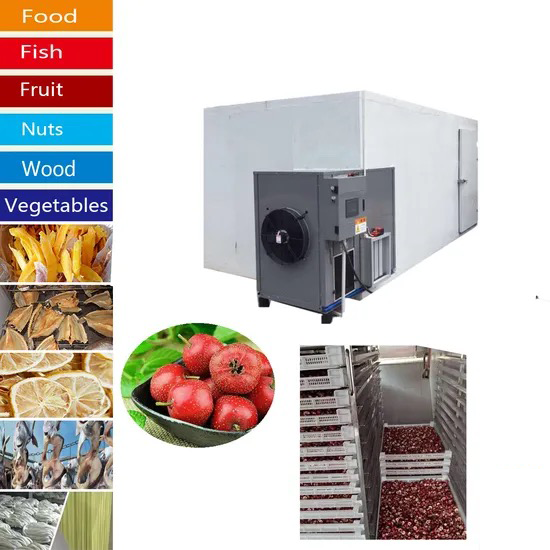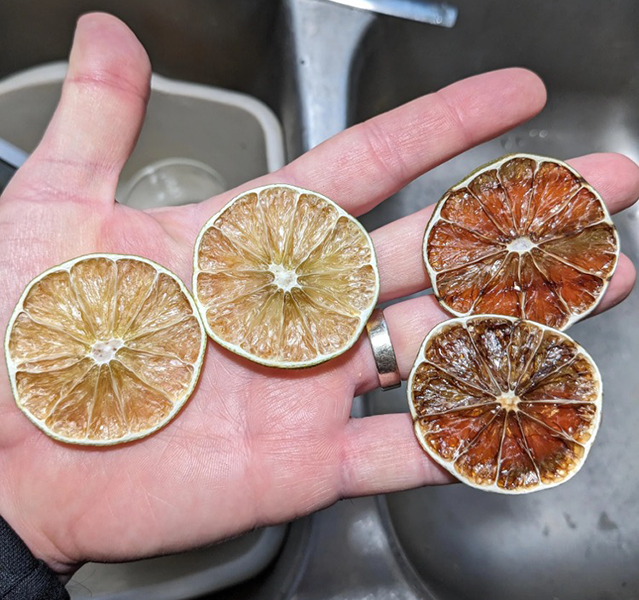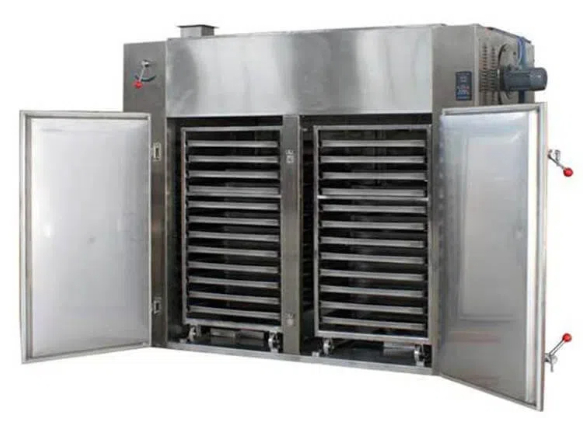
Content Menu
● Understanding Food Dehydrators
>> How Food Dehydrators Work
● Energy Consumption of Food Dehydrators
● Calculating the Cost of Running a Food Dehydrator
>> Formula for Cost Calculation
● Average Energy Costs
● Factors Influencing Energy Consumption
● Tips for Reducing Energy Consumption
● Best Practices for Using a Food Dehydrator
>> Preparation Techniques
>> Dehydration Process
● Maintenance of Food Dehydrators
● Conclusion
● FAQ
>> 1. How much power does a typical food dehydrator use?
>> 2. What is the average cost to run a food dehydrator?
>> 3. Can I reduce energy consumption while using my dehydrator?
>> 4. Are there specific times that are better for using a food dehydrator?
>> 5. What factors influence the efficiency of my food dehydrator?
● Citations:
Food dehydrators have become increasingly popular for those looking to preserve fruits, vegetables, and meats while maintaining their nutritional value. However, many potential users often wonder about the energy consumption associated with these appliances. This article will delve into how much energy a food dehydrator uses, factors influencing its energy consumption, cost implications, and practical tips for optimizing energy efficiency.

Understanding Food Dehydrators
A food dehydrator is an appliance that removes moisture from food to inhibit the growth of bacteria, yeasts, and molds. By drying food at low temperatures over extended periods, dehydrators allow for the preservation of essential nutrients and flavors.
How Food Dehydrators Work
- Heating Element: The dehydrator uses a heating element to warm the air inside the unit.
- Air Circulation: A fan circulates this heated air around the food, ensuring even drying.
- Temperature Control: Most models come with adjustable temperature settings to cater to different types of food.
Energy Consumption of Food Dehydrators
The energy consumption of food dehydrators can vary significantly based on several factors:
- Wattage: On average, food dehydrators use between 300 to 1000 watts per hour. Smaller models may consume less power, while larger units designed for bulk drying typically use more.
- Duration of Use: The total energy consumed is directly proportional to how long the dehydrator is in operation. For example, running a 600-watt dehydrator for 12 hours would consume 600watts x12hours /1000 = 7.2 kWh.
- Temperature Settings: Higher temperatures can speed up the drying process but may also increase energy consumption. Lower temperatures generally require longer drying times but are more energy-efficient.
Calculating the Cost of Running a Food Dehydrator
To calculate the cost of running a food dehydrator, you need to know its wattage and your local electricity rate (cost per kilowatt-hour).
Formula for Cost Calculation
Cost = Wattage x Hours Used /1000 x Cost per kWh
For instance, if your food dehydrator has a wattage of 800 watts and runs for 8 hours at an electricity rate of $0.12 per kWh:
Cost = (800 x 8/1000) x 0.12 = 0.768 dollars
This means it would cost approximately $0.77 to run the dehydrator for that duration.
Average Energy Costs
Based on various studies and calculations:
- A typical food dehydrator running for about 10 hours a week can cost around $57 per year in electricity bills if it consumes approximately $$0.434 \text{kWh}$$ per hour at an average rate of $0.25 per kWh.
- Using a higher wattage unit (like 1000 watts) continuously could lead to costs around $280 annually if used extensively.
Factors Influencing Energy Consumption
1. Size and Capacity: Larger dehydrators may require more power but can dry more food at once, potentially leading to lower overall energy use per batch.
2. Batch Size: Running the dehydrator with full loads is more efficient than running multiple smaller batches.
3. Insulation and Design: Well-insulated models retain heat better and may consume less energy overall.
4. Airflow Efficiency: Good airflow design helps achieve even drying without excessive energy use.
5. Timer Features: Many modern dehydrators come with timers that automatically turn off the appliance after a set period, preventing unnecessary energy consumption.
Tips for Reducing Energy Consumption
To make your food dehydration process more energy-efficient:
- Run Full Loads: Always fill your dehydrator to maximize efficiency.
- Use Lower Temperatures When Possible: This can extend drying time but will save on energy costs.
- Choose Energy-Efficient Models: Look for units with lower wattage or those that feature energy-saving technologies.
- Utilize Off-Peak Hours: If your utility offers lower rates during off-peak times, consider running your dehydrator during these hours.
Best Practices for Using a Food Dehydrator
Using a food dehydrator effectively involves understanding how to prepare foods properly and manage the dehydration process:
Preparation Techniques
- Cut Uniformly: Ensure that all pieces of fruits or vegetables are cut evenly for consistent drying results. Using a mandoline slicer can help achieve uniform thickness.
- Pre-Treating Fruits: To prevent browning in fruits like apples or bananas, soak them in a mixture of lemon juice and water before placing them in the dehydrator.
- Steam Low-Acid Vegetables: Vegetables such as carrots or peas should be steamed briefly before dehydration to enhance texture and flavor retention.

Dehydration Process
- Monitor Progress: Regularly check on your food during dehydration to ensure it is drying evenly and not over-drying or case hardening (where moisture gets trapped inside).
- Rotate Trays if Necessary: In some models without superior airflow designs, rotating trays halfway through the process can help achieve even results.
Maintenance of Food Dehydrators
Proper maintenance is crucial for ensuring longevity and efficiency in your food dehydrator:
1. Regular Cleaning: Clean the trays and interior surfaces after each use to prevent residue buildup that can affect performance and flavor.
2. Inspect Components: Regularly check heating elements and fans for any signs of wear or damage that could affect operation.
3. Follow Manufacturer Guidelines: Always adhere to specific cleaning instructions provided by the manufacturer to avoid damaging parts or voiding warranties.
4. Lubrication (if applicable): Some commercial models may require lubrication of moving parts; consult your user manual for specifics.
5. Calibration Checks: Ensure that temperature controls are accurate by periodically testing against known standards if your model allows it.
Conclusion
In conclusion, understanding how much energy a food dehydrator uses is crucial for making informed decisions about its use. While they do consume electricity, careful management of usage patterns and choosing the right model can lead to significant savings over time. With proper planning and awareness of energy consumption factors, you can enjoy delicious dried foods without incurring high electricity bills while also benefiting from healthier snack options at home.

FAQ
1. How much power does a typical food dehydrator use?
Most food dehydrators use between 300 to 1000 watts per hour depending on their size and model.
2. What is the average cost to run a food dehydrator?
The average cost can range from $57 to $280 annually based on usage patterns and local electricity rates.
3. Can I reduce energy consumption while using my dehydrator?
Yes! You can reduce consumption by running full loads, using lower temperatures, and taking advantage of timer features.
4. Are there specific times that are better for using a food dehydrator?
Using your dehydrator during off-peak electricity hours can save you money on your electricity bill.
5. What factors influence the efficiency of my food dehydrator?
Factors include size and capacity, batch size, insulation quality, airflow design, and whether it has timer functions.
Citations:
[1] https://www.cnet.com/pictures/tips-for-using-your-new-dehydrator/
[2] https://septree.com/blogs/news/do-food-dehydrators-home-commercial-need-regular-maintenance
[3] https://www.grandviewresearch.com/industry-analysis/commercial-food-dehydrators-market
[4] https://www.easy-food-dehydrating.com/elite-gourmet-food-dehydrator-review.html
[5] https://www.freshoffthegrid.com/dehydrating-food/
[6] https://farmerswiferambles.com/care-for-your-food-dehydrator/
[7] https://www.grandviewresearch.com/industry-analysis/food-dehydrators-market
[8] https://www.seriouseats.com/best-food-dehydrators-5216308
[9] https://learn.eartheasy.com/guides/a-beginners-guide-to-dehydrating-food/
[10] https://www.ynetnews.com/products-reviews/home-kitchen/cosori-food-dehydrator-review-efficient-user-friendly/











